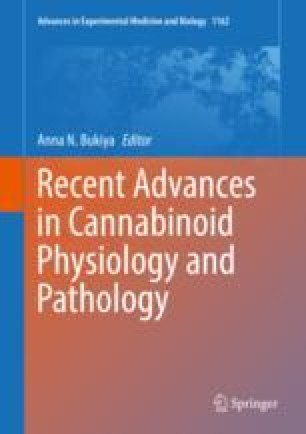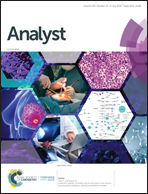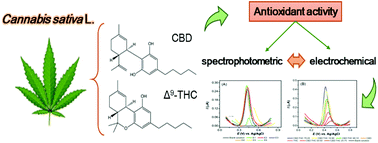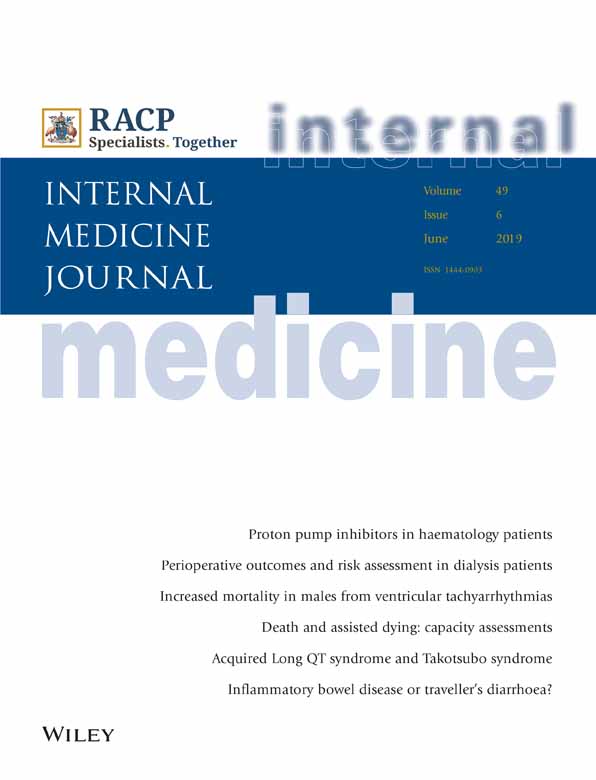 “Recent evidence has raised in discussion the possibility that cannabidiol can act as a negative allosteric modulator of the cannabinoid type 1 receptor. Here we have used computational methods to study the modulation exerted by cannabidiol on the effects of delta-9-tetrahydrocannabinol in the cannabinoid receptor type 1 and the possibility of direct receptor blockade. We propose a putative allosteric binding site that is located in the N-terminal region of receptor, partially overlapping the orthosteric binding site. Molecular dynamics simulations reveled a coordinated movement involving the outward rotation of helixes 1 and 2 and subsequent expansion of the orthosteric binding site upon cannabidiol binding. Finally, changes in the cytoplasmic region and high helix 8 mobility were related to impaired receptor internalization. Together, these results offer a possible explanation to how cannabidiol can directly modulate effects of delta-9-tetrahydrocannabinol on the cannabinoid receptor type 1.”
“Recent evidence has raised in discussion the possibility that cannabidiol can act as a negative allosteric modulator of the cannabinoid type 1 receptor. Here we have used computational methods to study the modulation exerted by cannabidiol on the effects of delta-9-tetrahydrocannabinol in the cannabinoid receptor type 1 and the possibility of direct receptor blockade. We propose a putative allosteric binding site that is located in the N-terminal region of receptor, partially overlapping the orthosteric binding site. Molecular dynamics simulations reveled a coordinated movement involving the outward rotation of helixes 1 and 2 and subsequent expansion of the orthosteric binding site upon cannabidiol binding. Finally, changes in the cytoplasmic region and high helix 8 mobility were related to impaired receptor internalization. Together, these results offer a possible explanation to how cannabidiol can directly modulate effects of delta-9-tetrahydrocannabinol on the cannabinoid receptor type 1.”
https://www.ncbi.nlm.nih.gov/pubmed/31335889
https://journals.plos.org/plosone/article?id=10.1371/journal.pone.0220025

 “There is uncertainty regarding the appropriate dose of
“There is uncertainty regarding the appropriate dose of  “The Cannabis plant has been used for many of years as a medicinal agent in the relief of pain and seizures. It contains approximately 540 natural compounds including more than 100 that have been identified as phytocannabinoids due to their shared chemical structure. The predominant psychotropic component is Δ9-tetrahydrocannabinol (Δ9-THC), while the major non-psychoactive ingredient is
“The Cannabis plant has been used for many of years as a medicinal agent in the relief of pain and seizures. It contains approximately 540 natural compounds including more than 100 that have been identified as phytocannabinoids due to their shared chemical structure. The predominant psychotropic component is Δ9-tetrahydrocannabinol (Δ9-THC), while the major non-psychoactive ingredient is  “Delta-9-tetrahydrocannabinol (THC) is the primary psychoactive compound in
“Delta-9-tetrahydrocannabinol (THC) is the primary psychoactive compound in  “Herein, we report the antioxidant activity of
“Herein, we report the antioxidant activity of 



 “There is a growing surge of investigative research involving the beneficial use of cannabinoids as novel interventional alternatives for multiple sclerosis (MS) and associated neuropathic pain (NPP).
“There is a growing surge of investigative research involving the beneficial use of cannabinoids as novel interventional alternatives for multiple sclerosis (MS) and associated neuropathic pain (NPP).